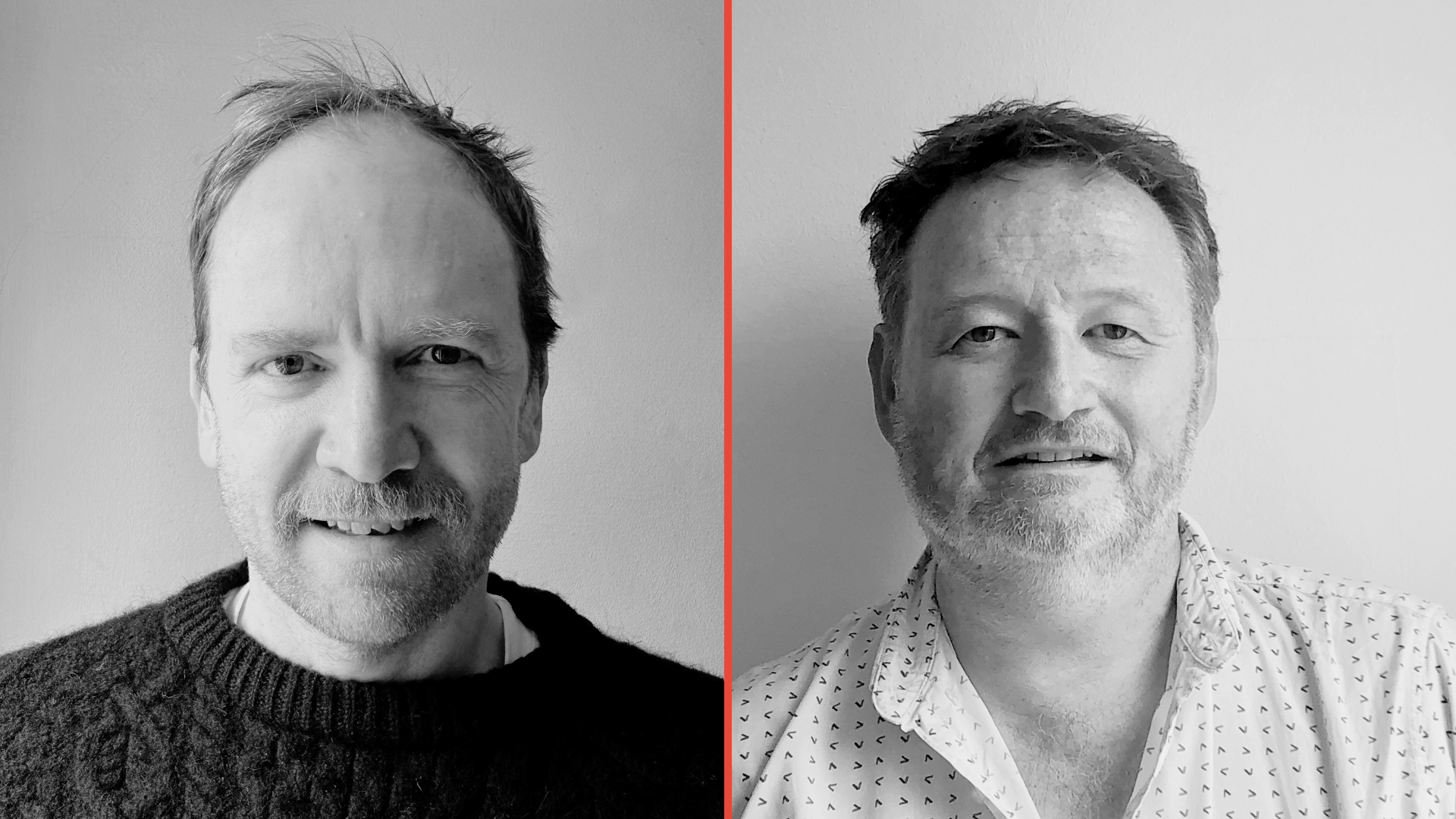Neil Boyle and Kirk Hendry, directors of animation film Kensuke’s Kingdom, explain how they approached transforming Michael Morpurgo’s novel to the screen and the message they want to convey.
LUXFILMFEST How closely does Frank Cottrel-Boyce’s screenplay adhere to Michael Morpurgo’s novel, and how important was it to have a writer of his calibre on board?
NEIL BOYLE It was important for us to keep very closely to the spirit of the novel. Frank is terrifically good at honing a story to get to its core. With our encouragement, he removed much of the spoken dialogue,so that Kensuke and Michael really are separated by the fact they do not speak the same language and have to find
other ways to communicate. We frequently showed Michael our progress, to make sure we weren’t drifting away from the core themes of his book. Working with these two wonderful writers was immensely satisfying, and one of the highlights of the whole process.
LFF There is a clear environmental message in the film. What do you hope audiences take away from watching Kensuke’s Kingdom??
N-B. First and foremost, Kirk and I wanted to make sure we made the film as engrossing and entertaining as we could. But woven into the adventure and the emotion of the story is an important ecological message. It’s a message about showing tolerance and respect across not only cultures, but species. And it’s a message that one person can have an immensely positive impact on the environment around them.
LFF How much research was involved in getting right the animation of the jungle and the animals Michael encounters?
KIRK HENDRY We did a lot of research on the flora and fauna on the island, using Borneo as our main source of reference. Neil and I are always very keen to see how we can use anything that goes into the film in a narrative way. Art director Michael Shorten did extensive research on the flora for the island so that it would tell district story beats, and also give the audience a subconscious idea of where we were geographically as we jumped around locations in some of the faster action scenes. The animals are also there to represent ideas of family, which is something that underpins the whole film.
LFF Kensuke’s Kingdom is a wonderful story of intergenerational and cross-cultural friendship. Was that what attracted you to the project?
K-H First and foremost, Neil and I saw in Michael Morpurgo’s story (and Frank’s adaptation) a wonderful opportunity for cinematic storytelling. It is also a fairly unique mix of both action film and gentle character study. We were really drawn to how you can have a story about two males stuck on an island that doesn’t have to be about fighting. Instead, it’s all about the need for connection, done at a very gentle pace.
Interviewed by par Duncan Roberts











